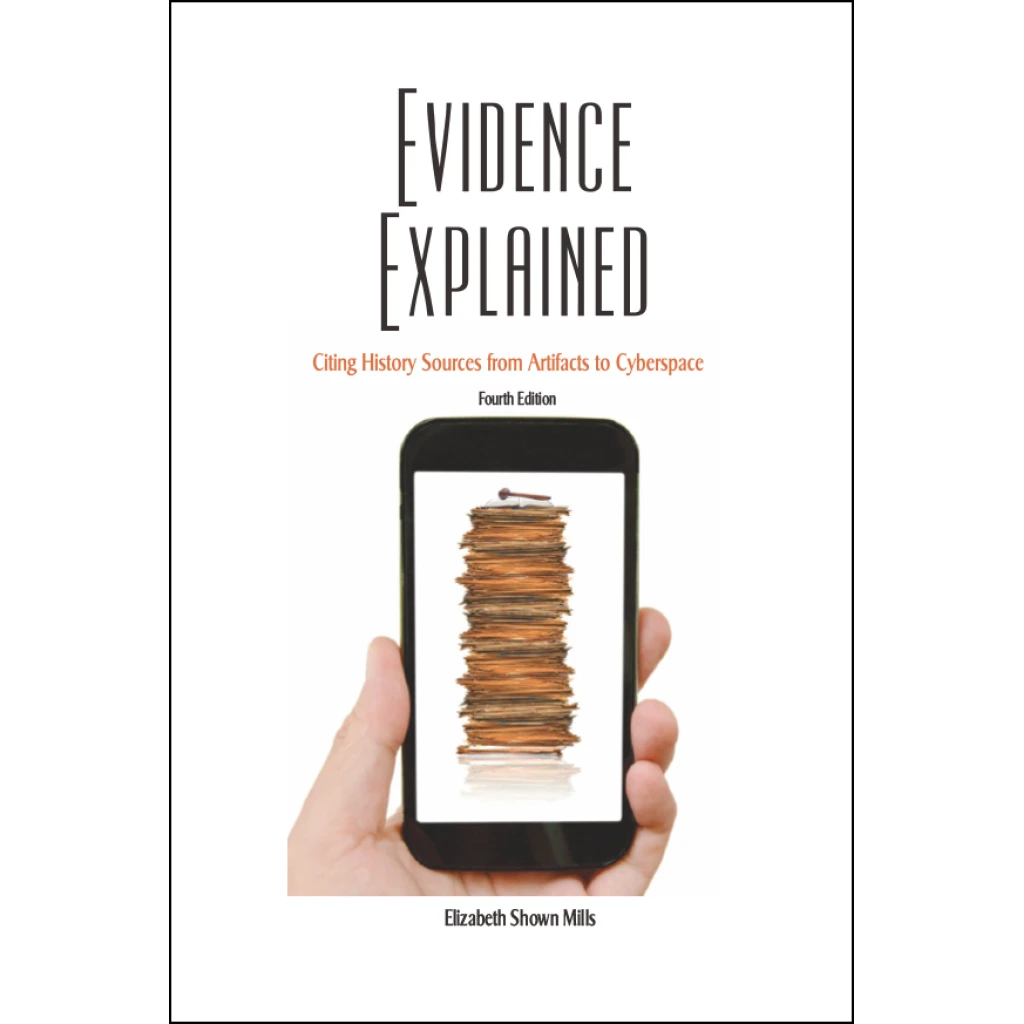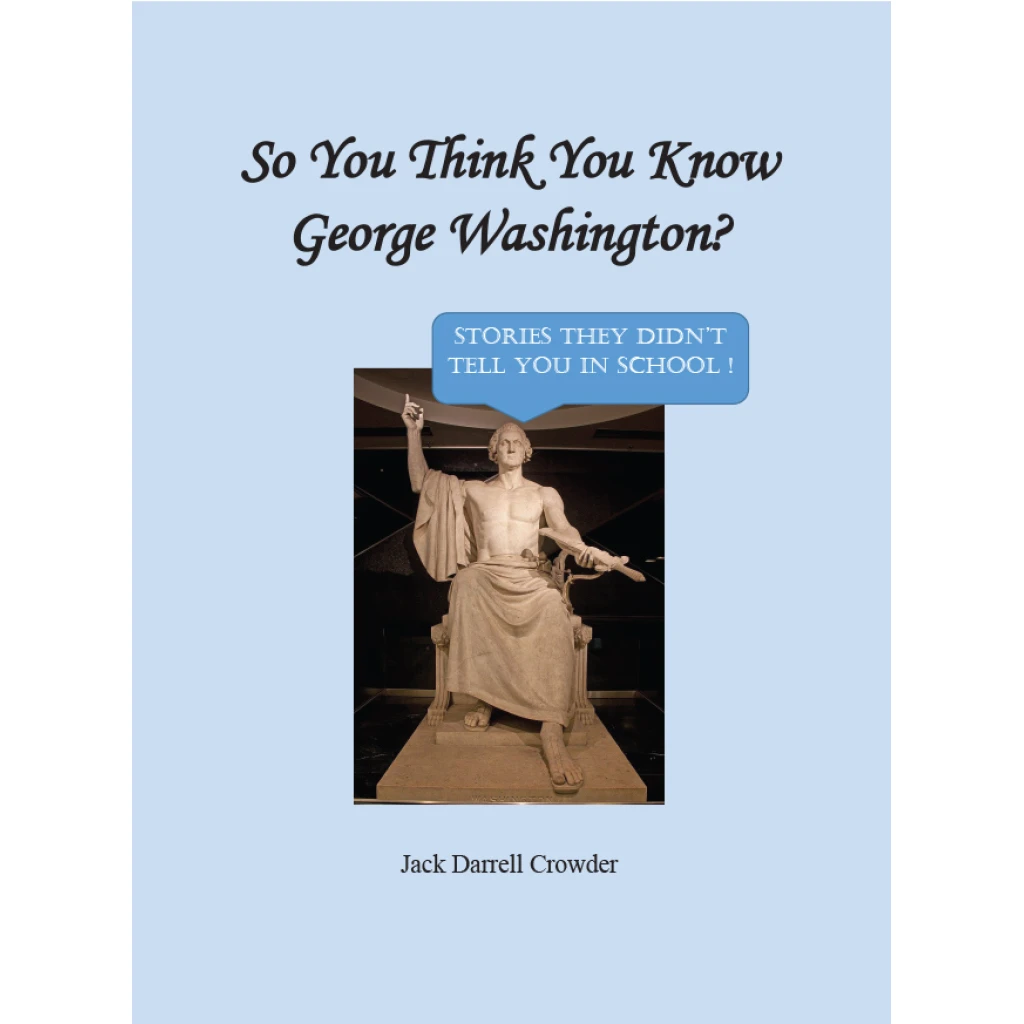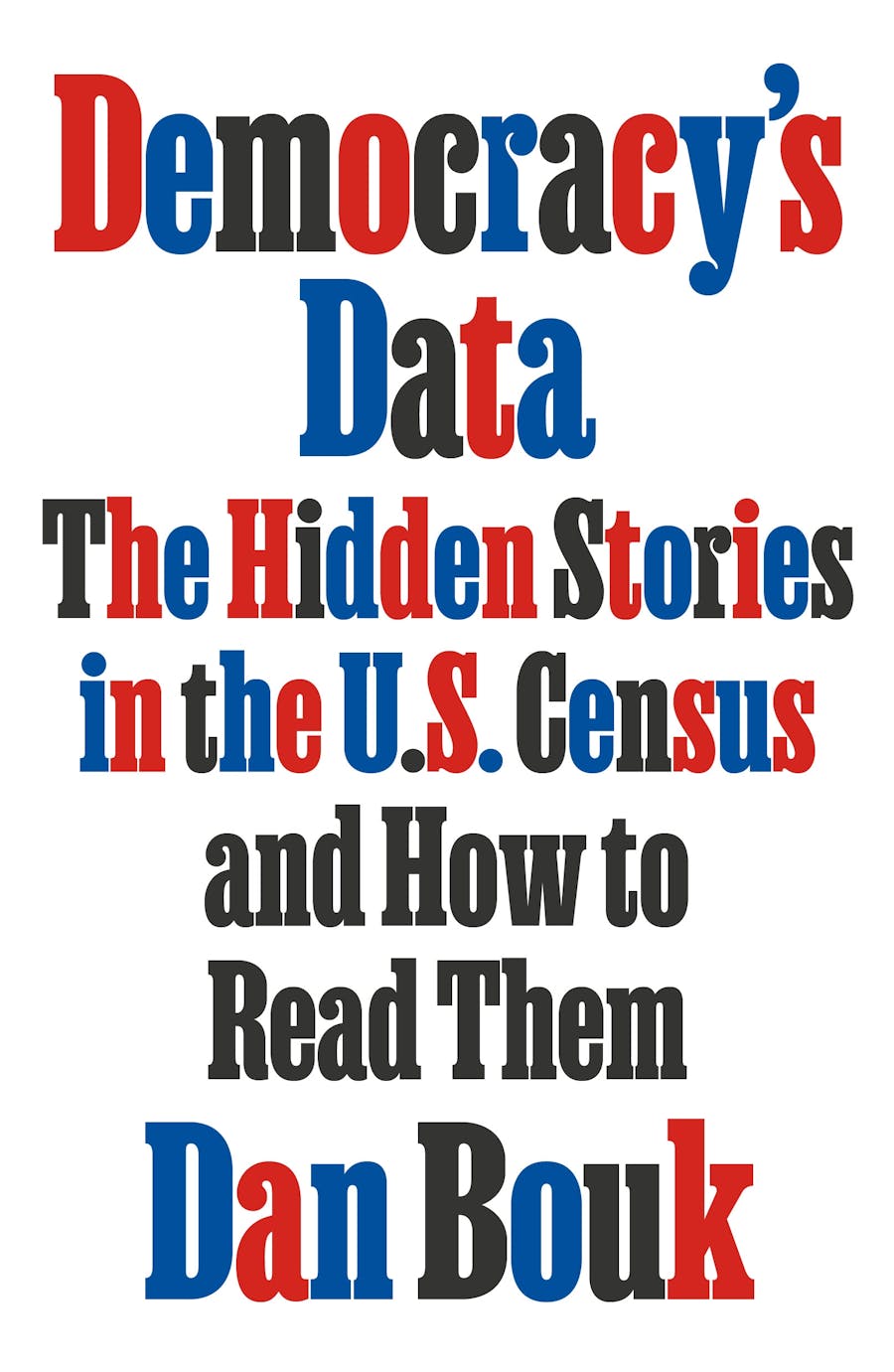Written by historian
Steven Ujifusa,
The Last Ships from Hamburg traces the rise and fall of Hamburg as a port of hope, profit, and humanity, a jumping-off place for Jewish people and other immigrants seeking to make a new life in America.
The main focus: the lives and business decisions of wealthy Jewish men in Germany and America who shaped the steamship industry into a well-oiled machine of immigration through East Coast ports of the United States, and beyond. With big money involved, even titans of industry who disliked Jewish execs were willing to do business with them, up to a point.
The narrative is lively and moves along at a good clip, drawing readers in by revealing fascinating personal/professional details about the powerful families that paved the way for immigrants to get out of Russia. It also puts a human face on those fleeing the Russian empire, tracing their difficult journeys to Hamburg, agonizing waits to board ships, even more agonizing waits at Ellis Island. Ujifusa also discusses the reality of American life for many new arrivals, crowded into tenements in the Lower East Side of Manhattan, barely scratching out a living with pushcarts or hunched over sewing in sweat shops.
Ballin, Schiff, Morgan
The Hamburg-American Line's managing director and visionary leader was Hamburg-born Albert Ballin, a Jewish man who cultivated ties with Kaiser Wilhelm and other bigwigs of Germany, England, and the United States. In building up the Hamburg-America Line, he created a transportation network that brought immigrants (including Russian and Eastern European Jews) to Hamburg, screened them for health problems that might cause them to be rejected at Ellis Island, even offered kosher meals on his steamships. In fact, ticket sales to immigrants were absolutely essential to the financial stability of the Hamburg-America Line.
Jacob Schiff was the Frankfurt-born managing partner of Kuhn, Loeb & Co, an influential US investment bank that advised powerhouse transportation firms like the Pennsylvania Railroad and the Union Pacific. In addition to being a major Jewish philanthropist, Schiff fought against the anti-immigration movement that gripped America even as persecution and pogroms threatened the lives of Jews in Russia leading up to WWI.
J.P. Morgan helped bail out the US government when it was under pressure because of dwindling gold reserves in 1895. He was a master of combining companies into giant trusts that competed on a massive scale. Although his businesses had to coexist with Jewish-managed company competitors, he disliked Jews. Yet his International Mercantile Marine shipping trust, a major player in the shipping and transportation industry, ultimately forged a deal with Albert Ballin's Hamburg-America line, to the benefit of both firms.
Crossing to safety
The book also tells the nail-biting story of hundreds of thousands of Jewish families who sailed to America from 1881-1914. Often these folks couldn't legally leave Russia, so Hamburg-America facilitated border crossings. In effect, two steamship lines were allowed to privatize the Russia-Prussia border station. They allowed immigrants with tickets for America to pass through, then moving to inspection stations for screening and fumigation. These immigrants were ultimately able to cross the pond, cheering at the Statue of Liberty as they entered New York Harbor to start over. Among the prominent descendants of Jewish immigrants are Lauren Bacall, Fanny Brice, David Sarnoff, Sam Goldwyn, and many more, including the author's great-grandparents.
My ancestors were among the many who left Eastern Europe and crossed the Atlantic to safety before World War I. The book cites 1907 as the peak year for European immigration to America, with more than a million newcomers passing through Ellis Island. However, as the final chapters chronicle, anti-immigration sentiment among powerful US legislators and the social elite increased the pressure to slam shut the door to new arrivals. By 1923, Congress had passed new laws that made it all but impossible for immigrants from Southern and Eastern Europe to make it to America.
Ups and Downs of the Hamburg-America Line
Because I have ancestors who boarded Hamburg-American ships in Hamburg or Cuxhaven, I was particularly interested in the mechanics of getting immigrants from one place to another. The author explains that Russia, in particular, didn't make it easy for anyone to leave...officially. But the Hamburg-America line had agents who could help immigrants with steamship tickets to cross borders, get to ports via railroad or other transportation, and find them decent shelter until their ships departed.
My ancestor, Bela Roth (1860-1941), brother-in-law to my great-grandmother, left Hungary for New York City twice on ships of the Hamburg-American line. In 1907, he and his family sailed from Hamburg to New York aboard the fairly luxurious Kaiserin Auguste Victoria, a Hamburg-America ship originally launched in 1889 with great fanfare, as this book describes.
Also in the book is the story of the Hamburg-America's SS Vaterland, which made its maiden voyage from Cuxhaven to America in May of 1914. My Bela Roth, a merchant, sailed with his family on the same Vaterland from Cuxhaven to New York in July of 1914. This time, he remained in New York, declaring his intention to apply for citizenship in 1917.
The Vaterland was a sleek, speedy ship that, on August 1, 1914, happened to be docked at Hoboken, New Jersey when Germany and Austria-Hungary declared war on Russia in the aftermath of the murder of Archduke Ferdinand and his wife, Sophie, Duchess of Hohenberg.
With the onset of war, thousands of immigrants were stranded in German ports, holding tickets for America. The author describes the desperation of the steamship lines, trying to stay financially solvent, and the scrambling of Jacob Schiff and others trying to get Jewish people out of the Russian Empire without the convenience of the usual German ports. It was the end of an era in so many ways.
If you have immigrant ancestors who sailed to America during the period of 1881-1914, especially if they were leaving from Russia or Eastern Europe and arriving on the East Coast, I heartily recommend picking up this book. See Publishers Weekly write-up here.














